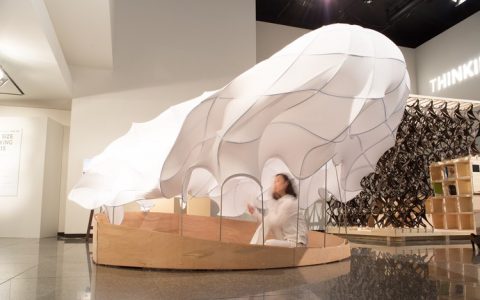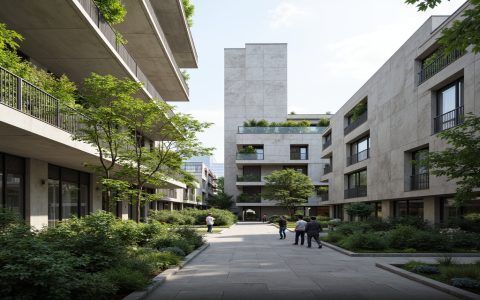Architect student projects encompass a wide range of design challenges, typically focusing on developing skills in conceptualization, technical proficiency, and presentation. Here's a breakdown of common project types and key considerations:
Common Project Types
- Residential Design: Projects range from single-family homes to multi-unit dwellings, emphasizing spatial planning, user experience, and sustainable design principles. Students often explore different architectural styles and construction methods.
- Commercial Design: These projects focus on spaces such as offices, retail stores, or restaurants, requiring students to consider functionality, branding, and accessibility. They often involve understanding building codes and client needs.
- Public Buildings: Libraries, museums, community centers, and schools fall into this category. Students must address issues of public access, safety, and civic engagement. These projects often demand innovative design solutions.
- Urban Design: These projects address larger-scale issues such as site planning, streetscapes, and public spaces. Students learn to analyze urban contexts and propose interventions that improve the quality of life for residents.
- Adaptive Reuse: Involves repurposing existing buildings for new uses, requiring students to understand the historical context of the structure and develop creative solutions that respect the original design while accommodating modern needs.
- Theoretical Projects: These projects allow for exploration of abstract concepts and unconventional ideas. They often push the boundaries of architectural design and challenge conventional thinking.
Key Considerations for Student Projects
- Conceptual Development: A strong concept is essential for a successful project. Students should clearly articulate their design intentions and demonstrate how the concept is reflected in the architectural form.
- Site Analysis: Understanding the context of the site is crucial. Students must analyze factors such as climate, topography, surrounding buildings, and cultural context to inform their design decisions.
- Technical Proficiency: Students should demonstrate a solid understanding of building systems, materials, and construction methods. This includes creating detailed drawings, specifications, and models.
- Sustainability: Incorporating sustainable design principles is increasingly important. Students should consider factors such as energy efficiency, water conservation, and material selection.
- Presentation Skills: Effective communication is essential for conveying design ideas. Students should develop strong skills in visual communication, including drawings, renderings, models, and verbal presentations.
- Critical Thinking: Architectural design is a process of problem-solving. Students should demonstrate the ability to analyze design challenges, develop creative solutions, and critically evaluate their own work.
Tips for Success
- Start Early: Avoid procrastination and allocate sufficient time for each stage of the design process.
- Seek Feedback: Regularly seek feedback from professors, classmates, and professionals.
- Be Organized: Maintain a well-organized workflow and keep track of all project materials.
- Experiment: Don't be afraid to experiment with different ideas and approaches.
- Learn from Others: Study the work of successful architects and learn from their design strategies.
By focusing on these key areas, architecture students can create compelling and impactful projects that demonstrate their skills and potential.







